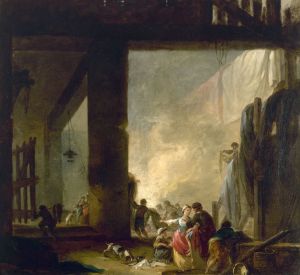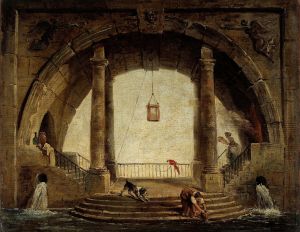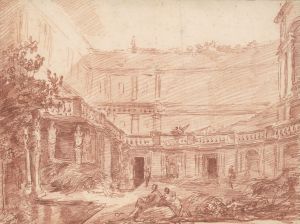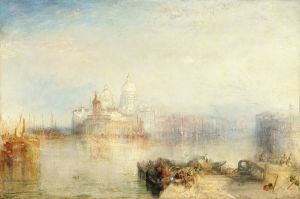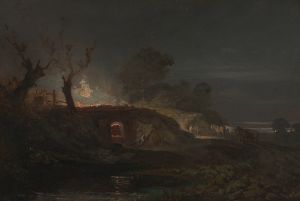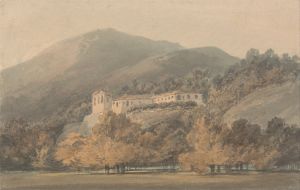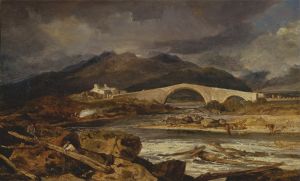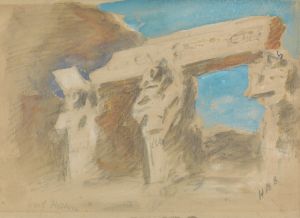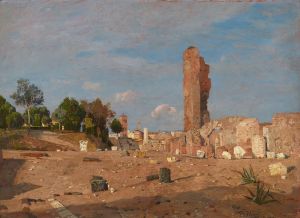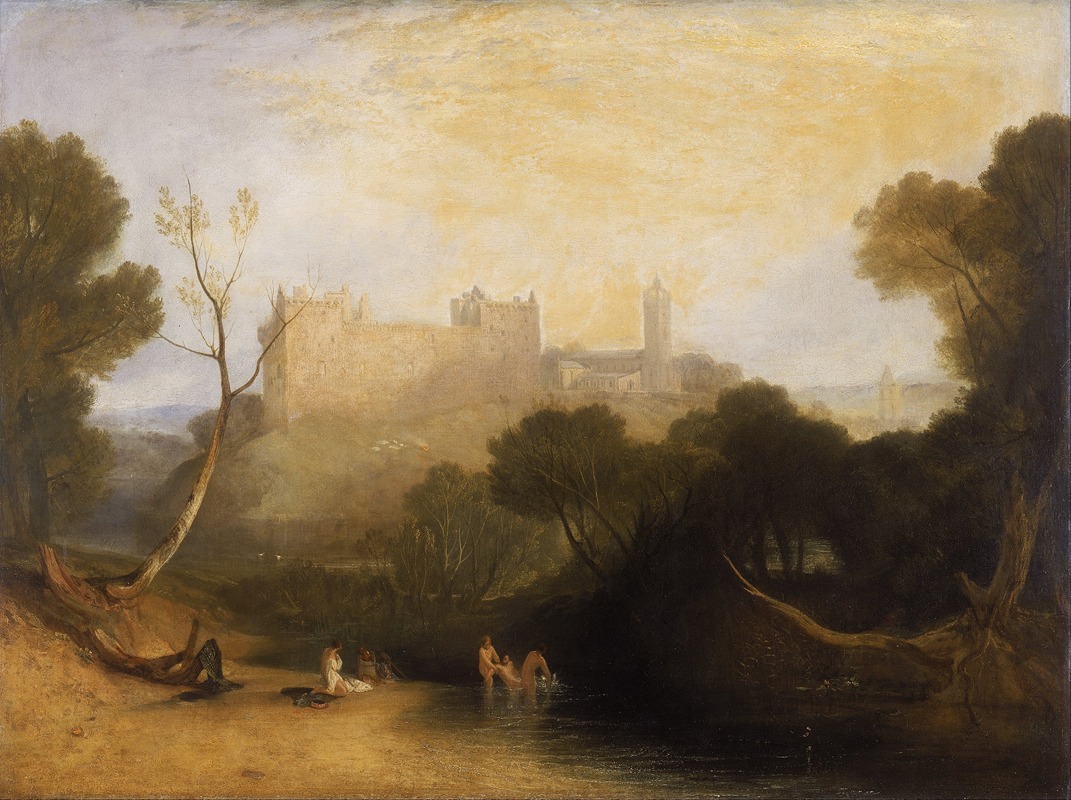
Linlithgow Palace
A hand-painted replica of Joseph Mallord William Turner’s masterpiece Linlithgow Palace, meticulously crafted by professional artists to capture the true essence of the original. Each piece is created with museum-quality canvas and rare mineral pigments, carefully painted by experienced artists with delicate brushstrokes and rich, layered colors to perfectly recreate the texture of the original artwork. Unlike machine-printed reproductions, this hand-painted version brings the painting to life, infused with the artist’s emotions and skill in every stroke. Whether for personal collection or home decoration, it instantly elevates the artistic atmosphere of any space.
Joseph Mallord William Turner, one of the most renowned British artists, is celebrated for his evocative landscapes and mastery of light and color. Among his extensive body of work is the painting "Linlithgow Palace," which captures the historic Scottish royal residence. Turner, known for his romantic style, often infused his landscapes with a sense of drama and atmosphere, and "Linlithgow Palace" is no exception.
Linlithgow Palace, located in West Lothian, Scotland, was a favored royal residence during the 15th and 16th centuries. It was the birthplace of several Scottish monarchs, including Mary, Queen of Scots. The palace is situated beside Linlithgow Loch, providing a picturesque setting that has inspired many artists over the centuries. Turner's depiction of the palace reflects his interest in historical architecture and the natural beauty surrounding it.
Turner visited Scotland several times, and his travels greatly influenced his work. His journey to Scotland in 1801 marked the beginning of his fascination with the country's landscapes and historical sites. During these visits, he created numerous sketches and studies, which later served as the basis for his finished paintings. "Linlithgow Palace" is believed to have been inspired by these travels and sketches.
Turner's technique in "Linlithgow Palace" showcases his signature use of light and atmospheric effects. He often employed a loose, expressive brushwork that allowed him to capture the transient effects of light and weather. This approach is evident in the way he rendered the sky and water in the painting, creating a sense of movement and mood that enhances the historical and romantic qualities of the scene.
The painting is characterized by its delicate interplay of light and shadow, with the palace itself bathed in a soft glow that highlights its architectural features. Turner's use of color is both subtle and striking, with a palette that includes muted earth tones and vibrant blues, reflecting the natural environment of the Scottish landscape. This combination of color and light imbues the painting with a sense of timelessness and grandeur.
Turner's work, including "Linlithgow Palace," played a significant role in the development of landscape painting in the 19th century. His innovative techniques and visionary approach influenced subsequent generations of artists, contributing to the evolution of the Romantic movement in art. Turner's ability to convey emotion and atmosphere through his landscapes set a new standard for the genre and solidified his reputation as one of the greatest painters of his time.
Today, Turner's paintings are held in high esteem and are featured in major art collections around the world. His depiction of Linlithgow Palace remains a testament to his skill and artistic vision, capturing the essence of a historic site through the lens of Romanticism. The painting not only reflects Turner's personal style but also serves as a historical document, preserving the image of Linlithgow Palace as it was seen in the early 19th century.





![Temple at Wady Dabod [Wadi Dâbûd], Nubia.](/imgs/217543/s/david-roberts-temple-at-wady-dabod-wadi-dabud-nubia-14fd5f6c.jpg)
